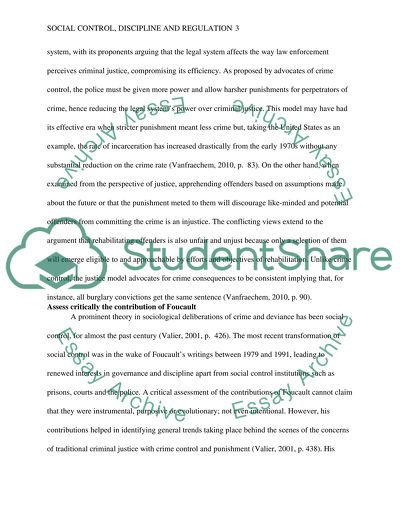Cite this document
(Social Control, Discipline and Regulation Assignment, n.d.)
Social Control, Discipline and Regulation Assignment. Retrieved from https://studentshare.org/social-science/1627511-social-control-discipline-and-regulation
Social Control, Discipline and Regulation Assignment. Retrieved from https://studentshare.org/social-science/1627511-social-control-discipline-and-regulation
(Social Control, Discipline and Regulation Assignment)
Social Control, Discipline and Regulation Assignment. https://studentshare.org/social-science/1627511-social-control-discipline-and-regulation.
Social Control, Discipline and Regulation Assignment. https://studentshare.org/social-science/1627511-social-control-discipline-and-regulation.
“Social Control, Discipline and Regulation Assignment”, n.d. https://studentshare.org/social-science/1627511-social-control-discipline-and-regulation.


